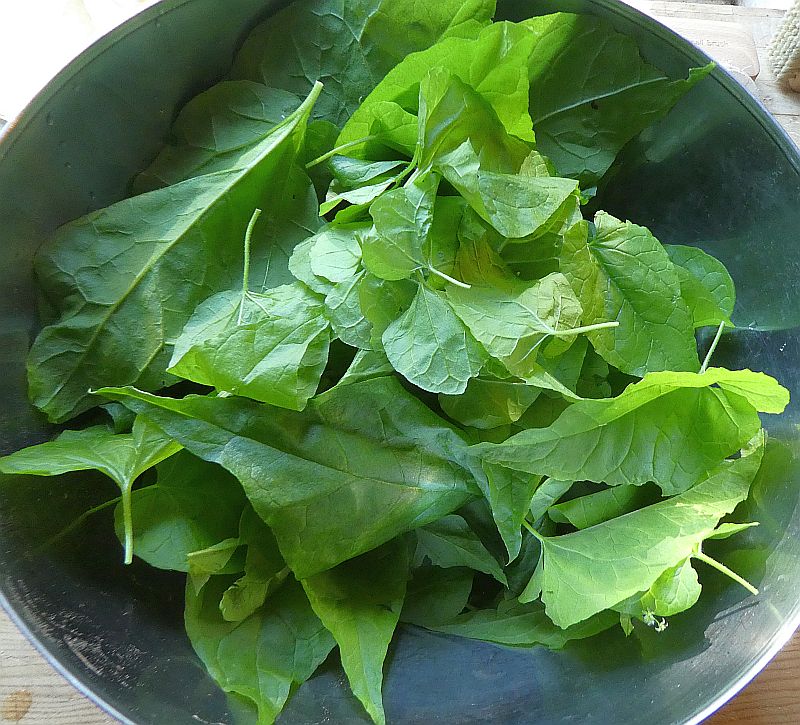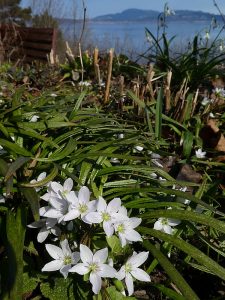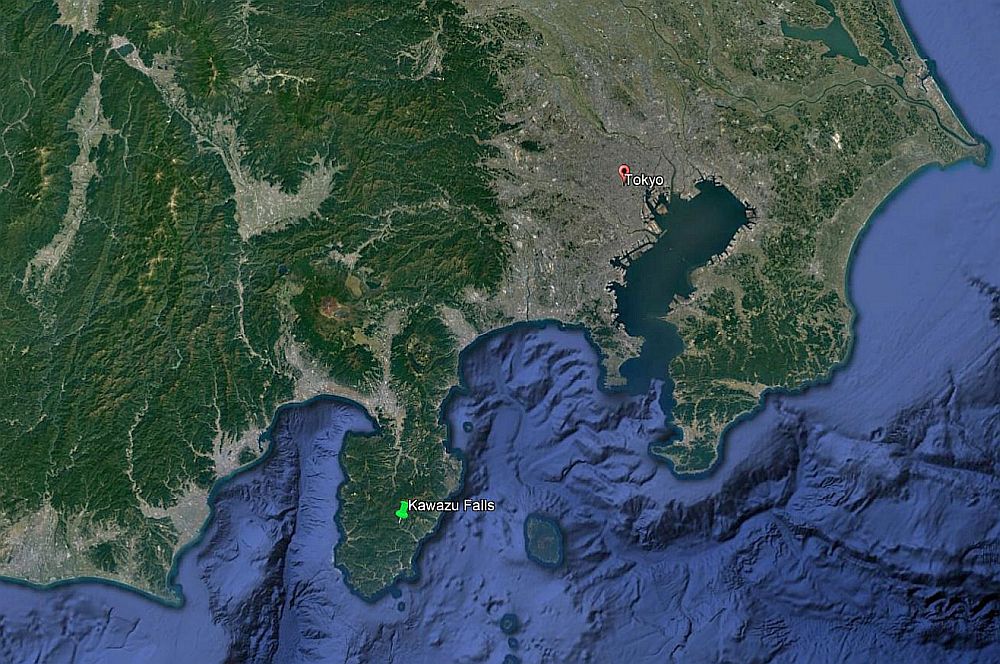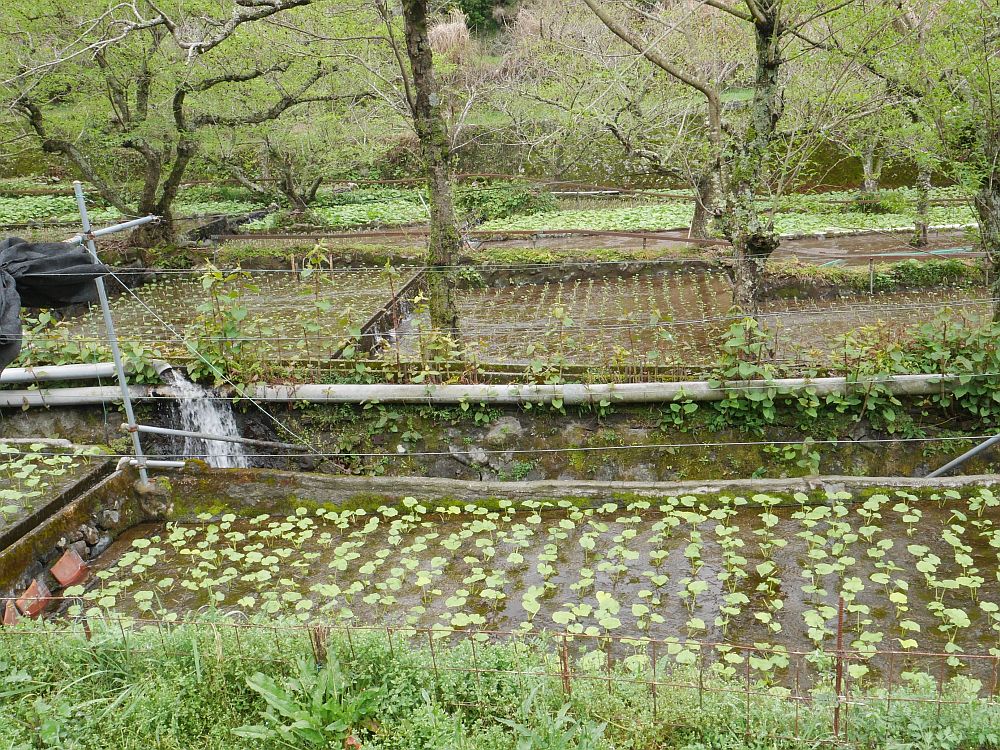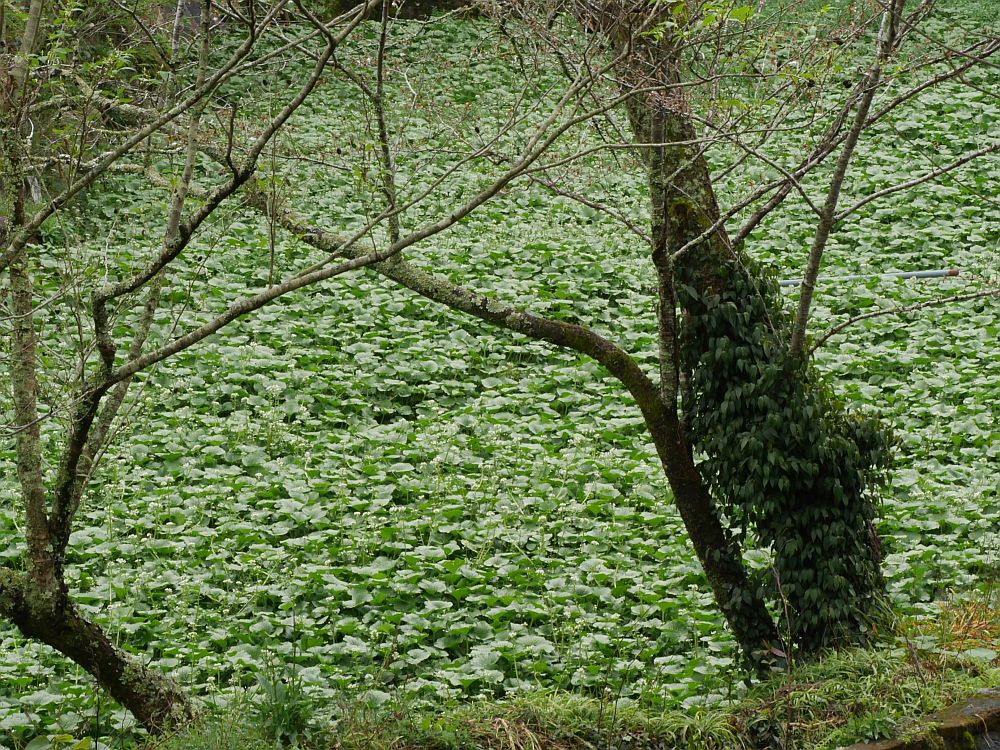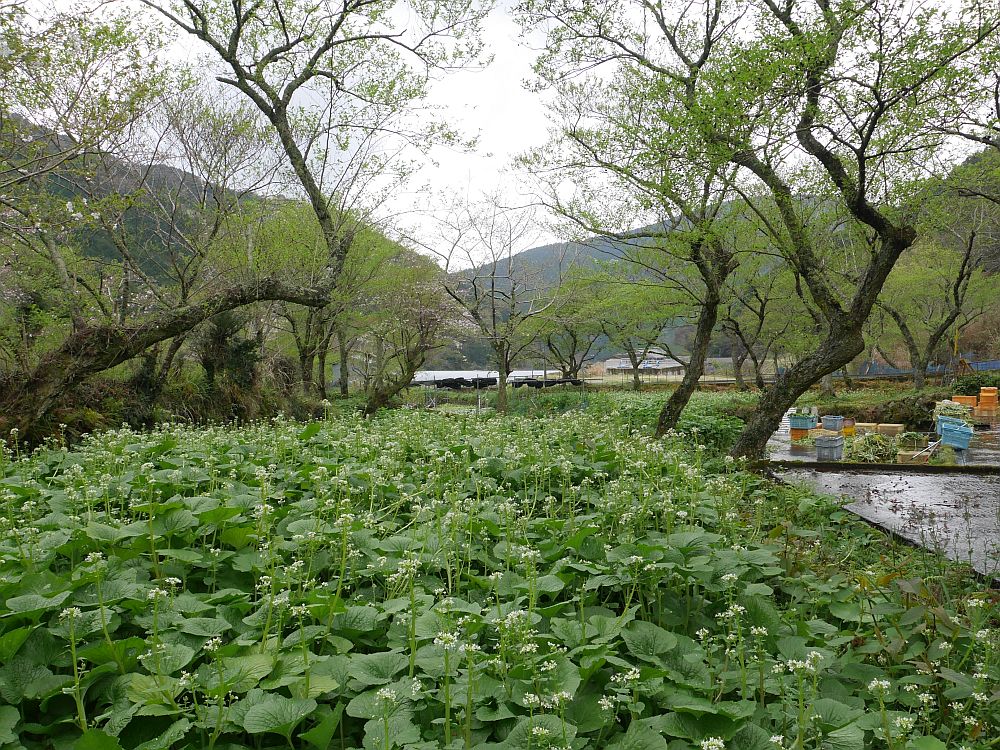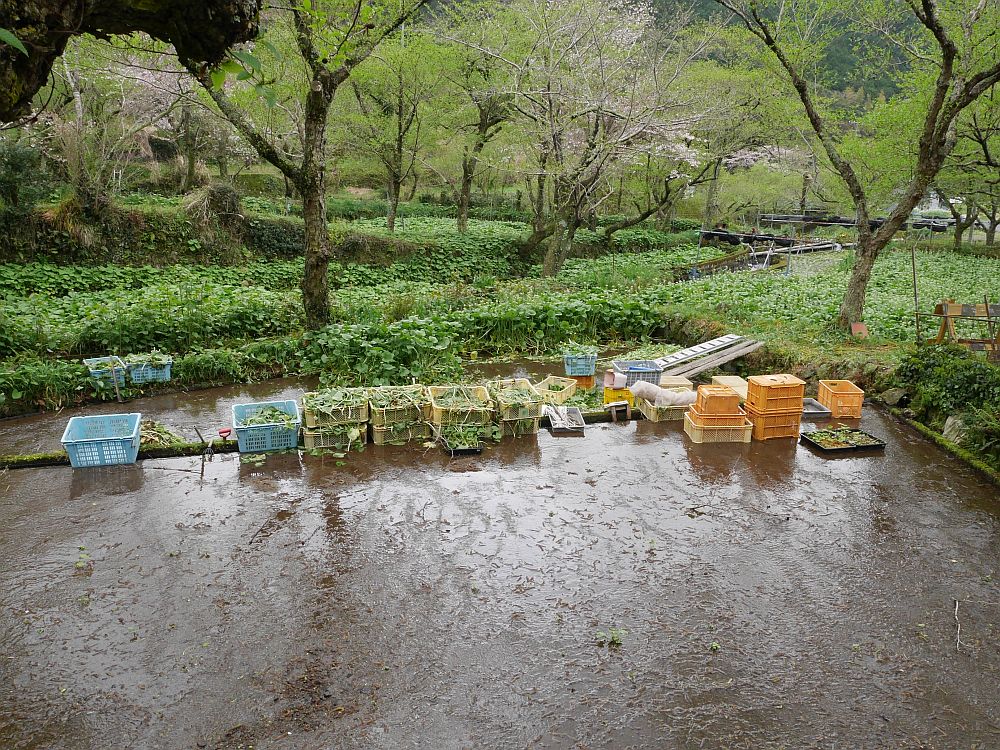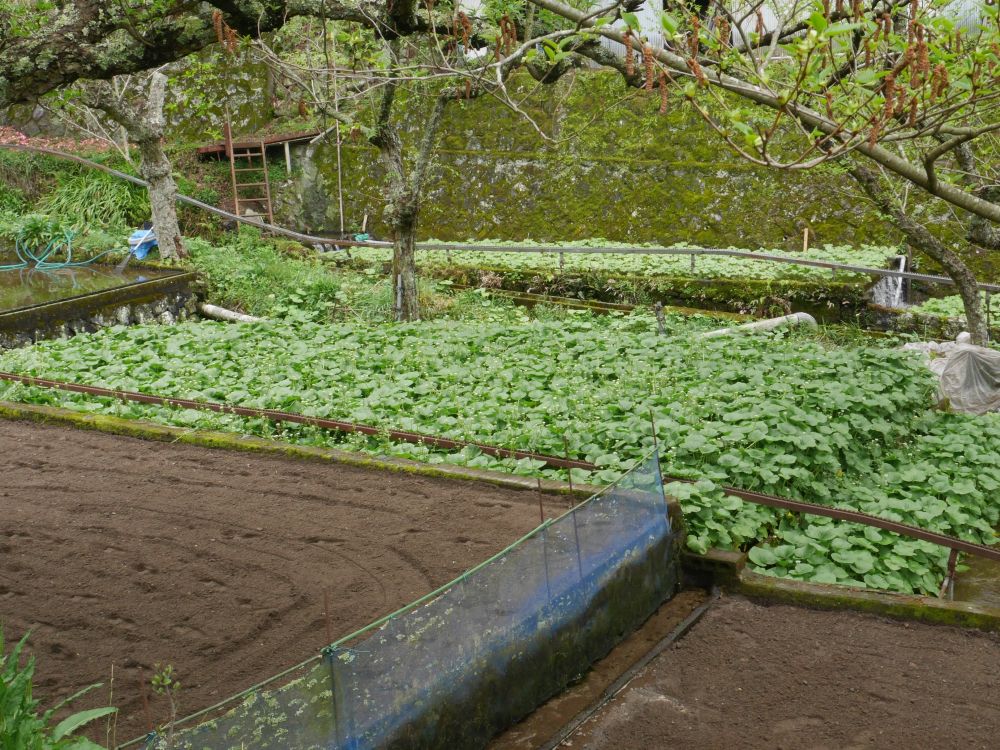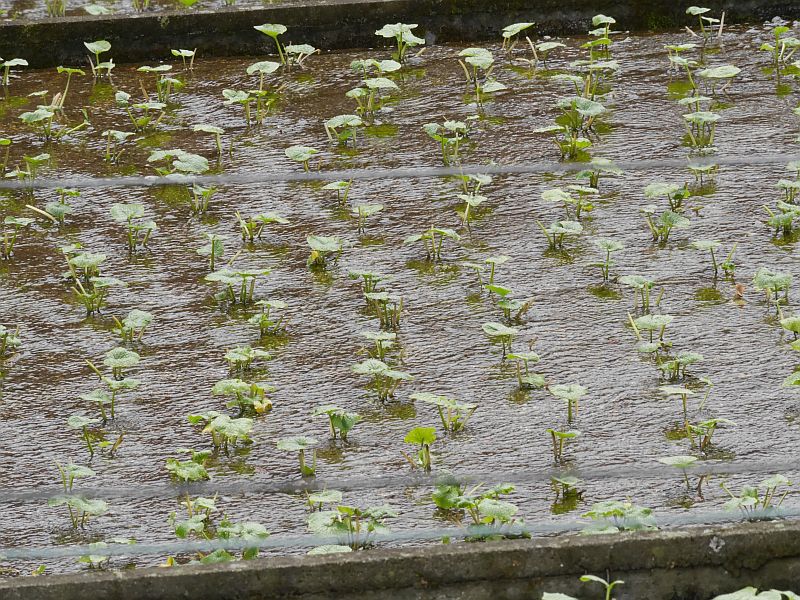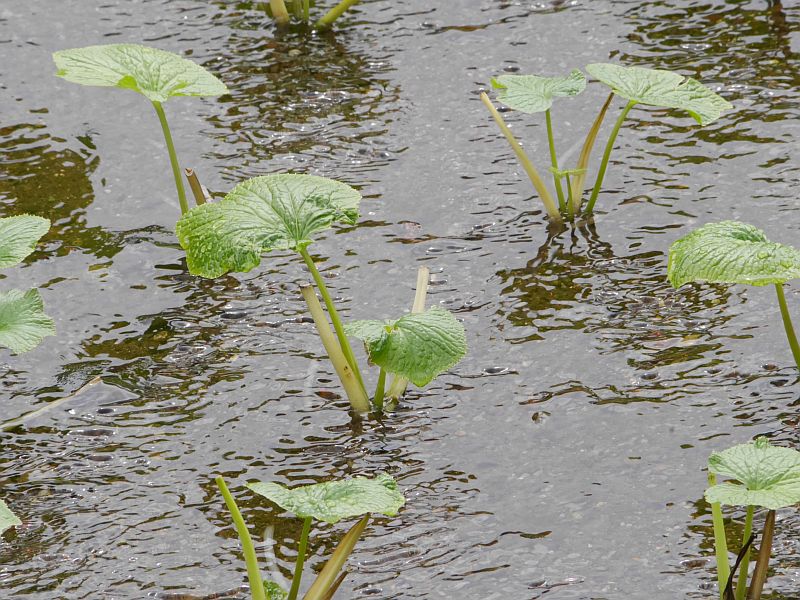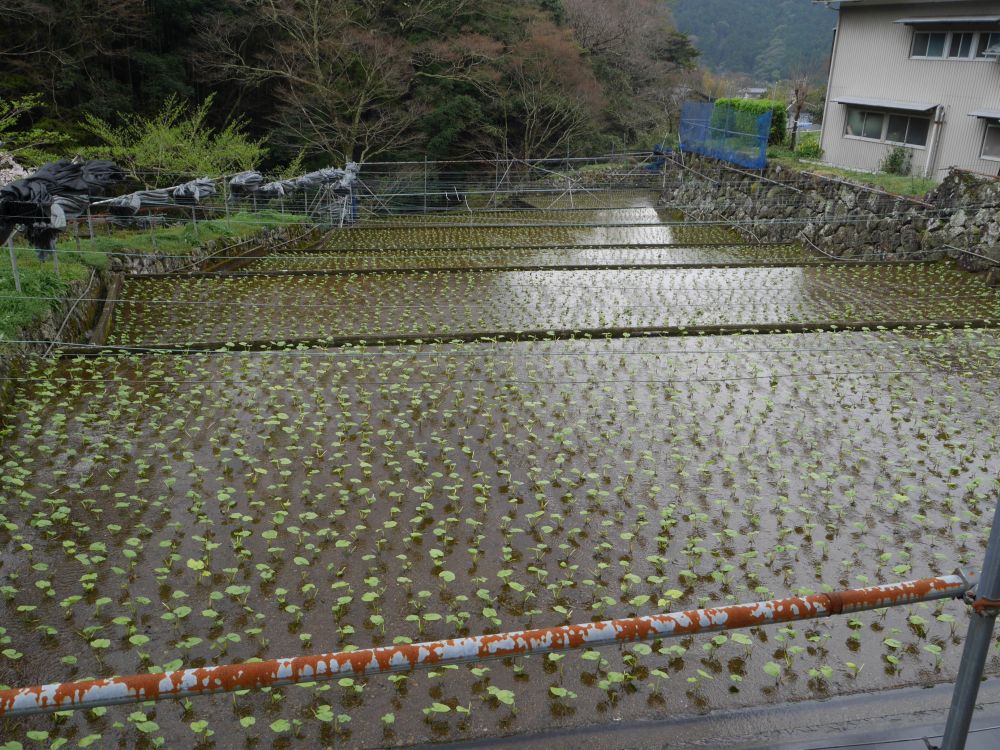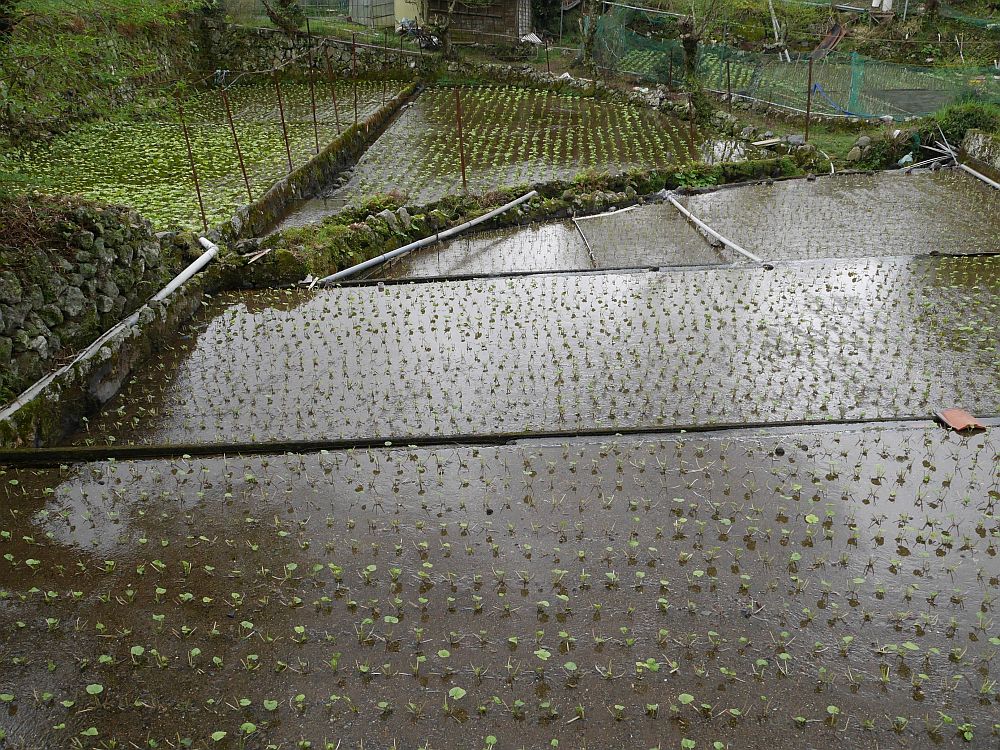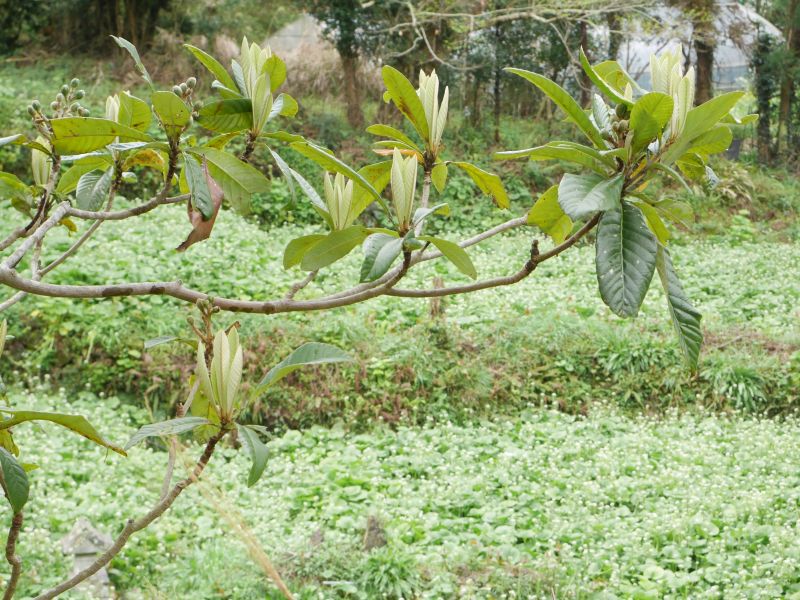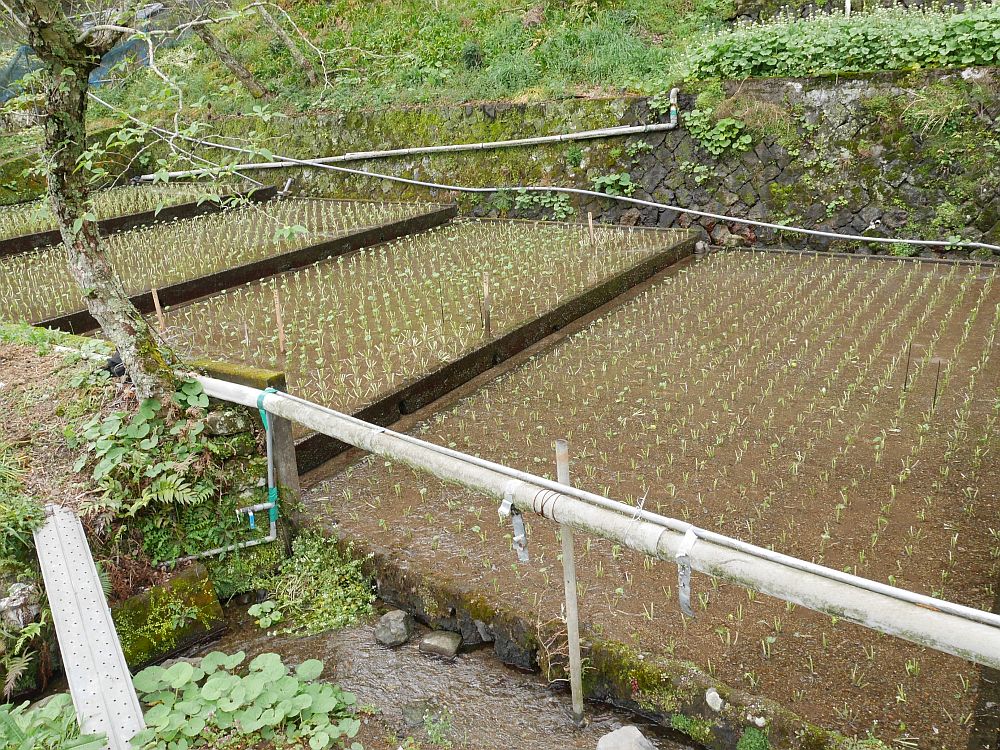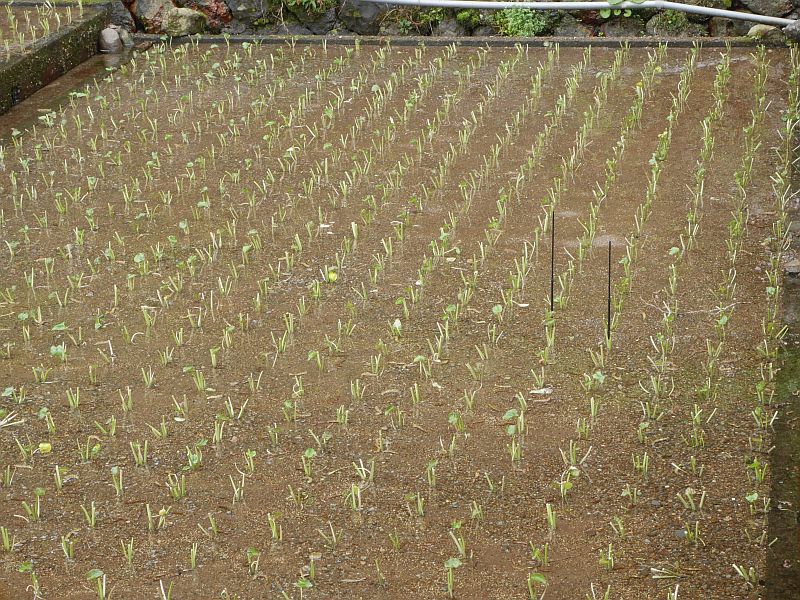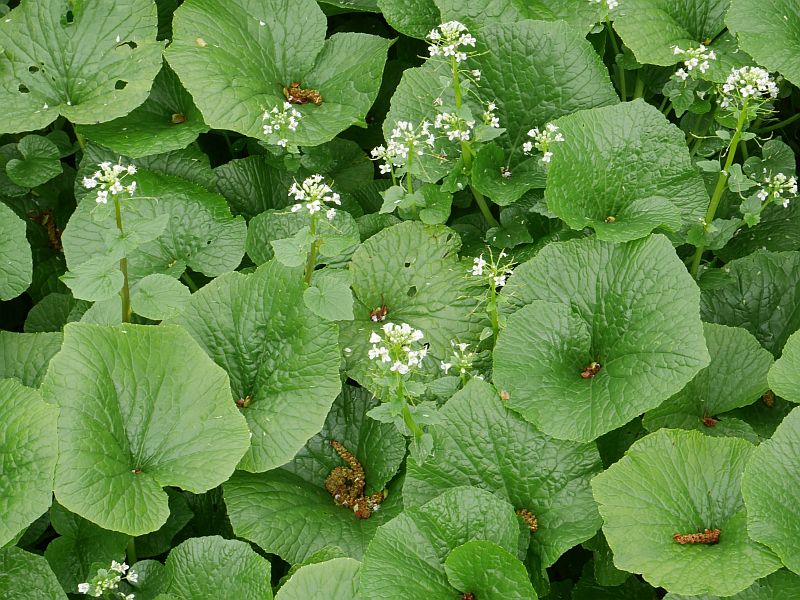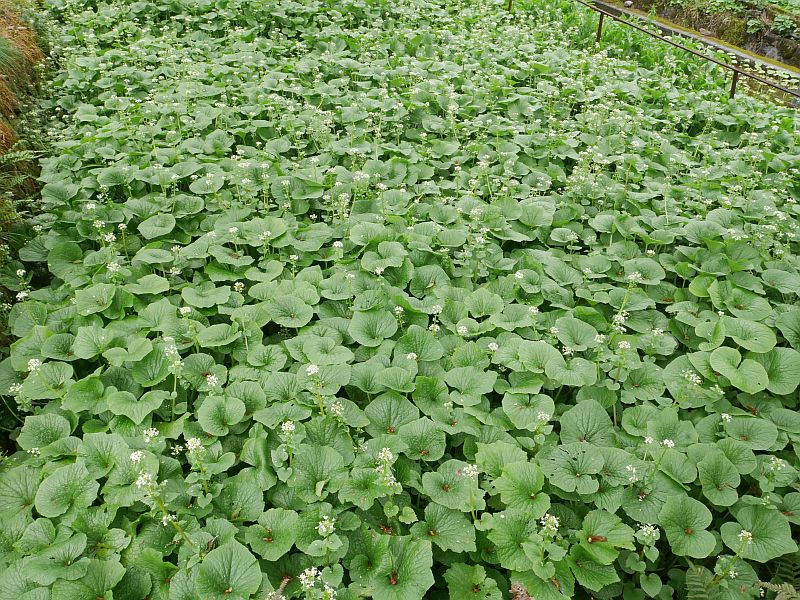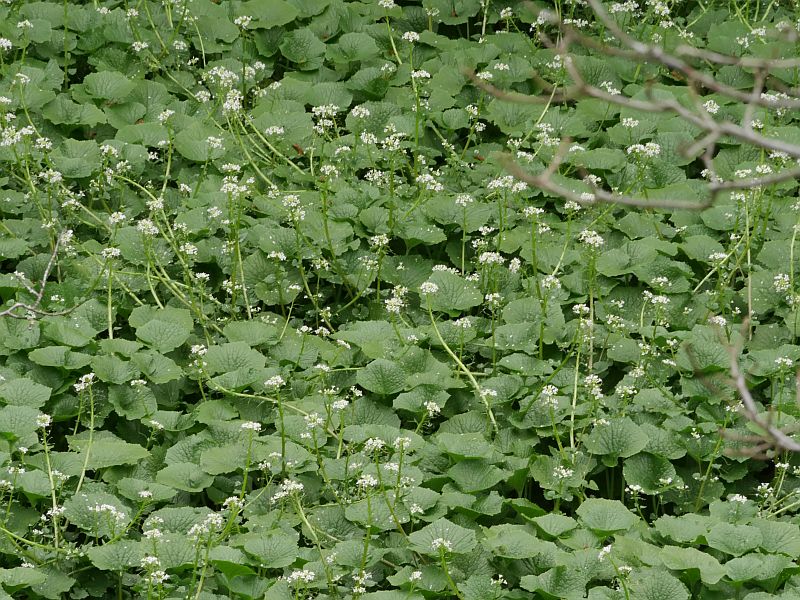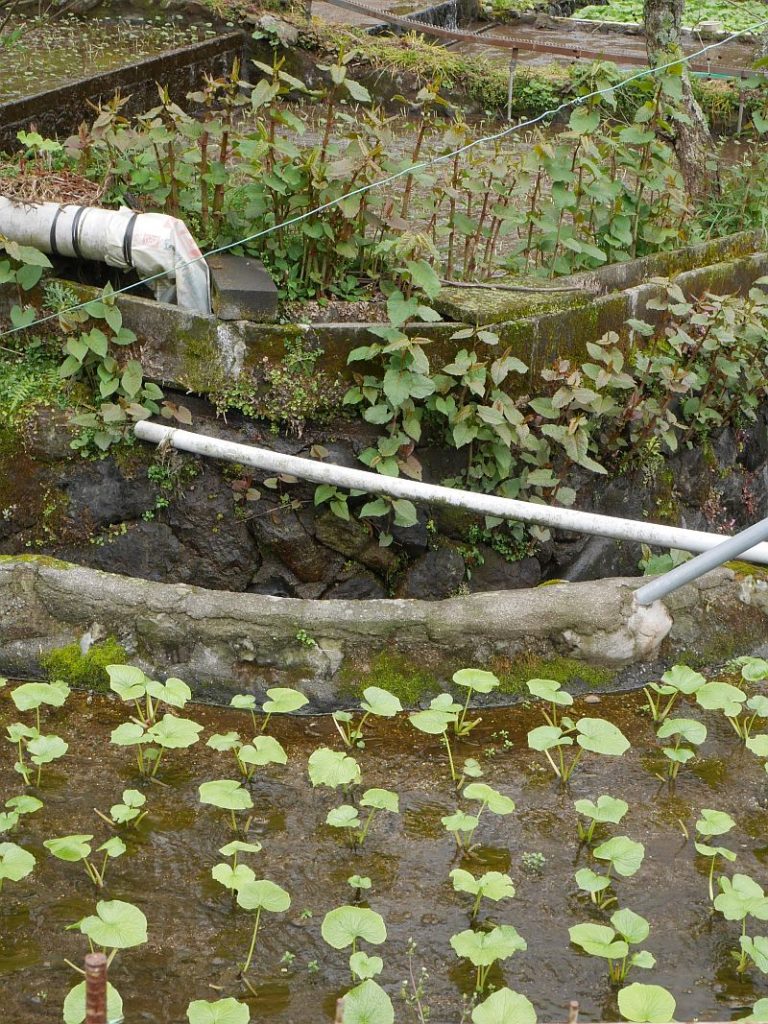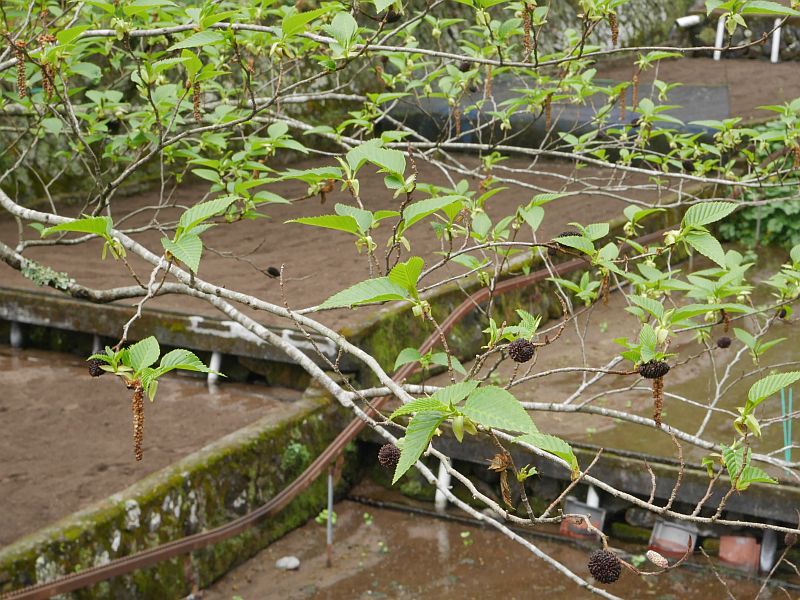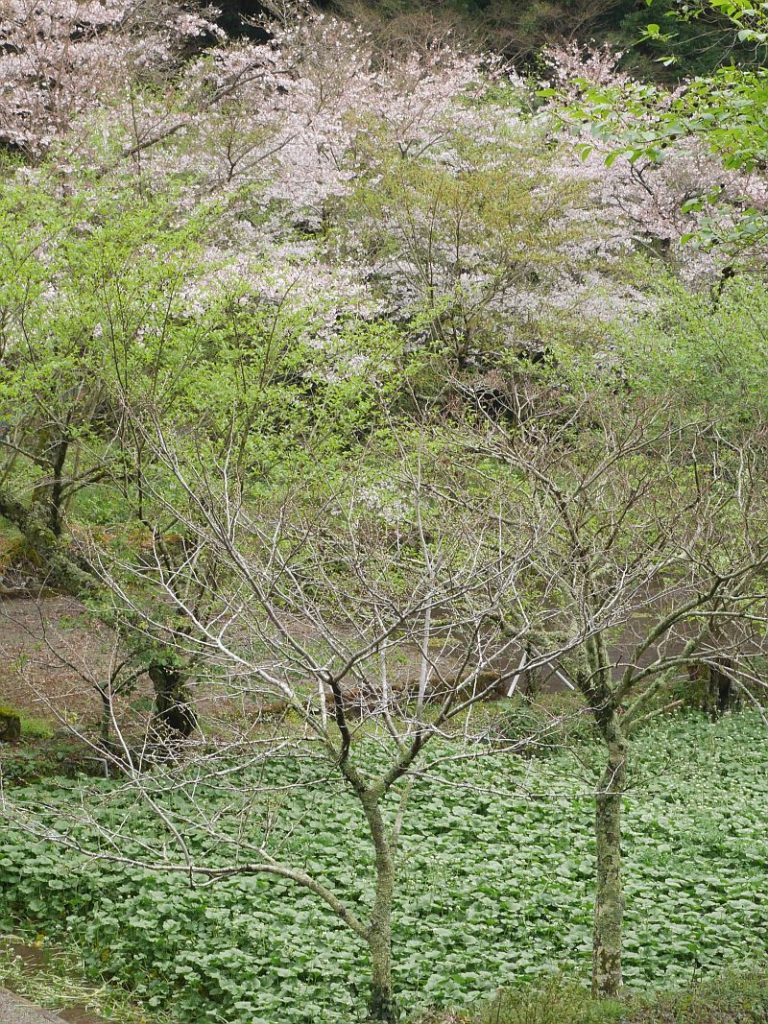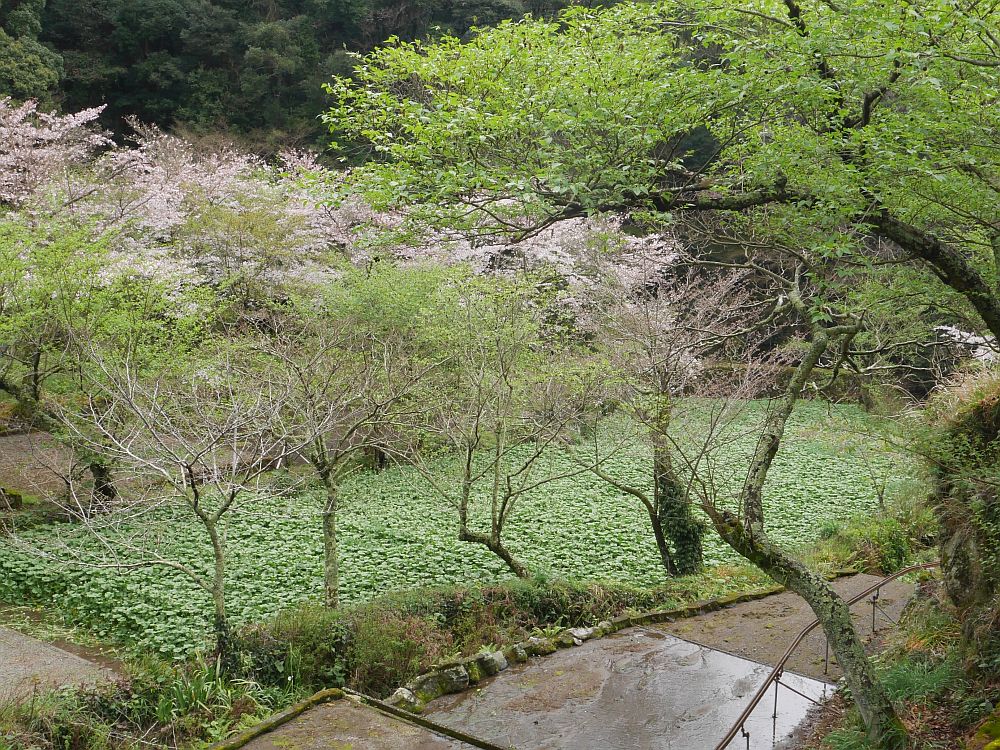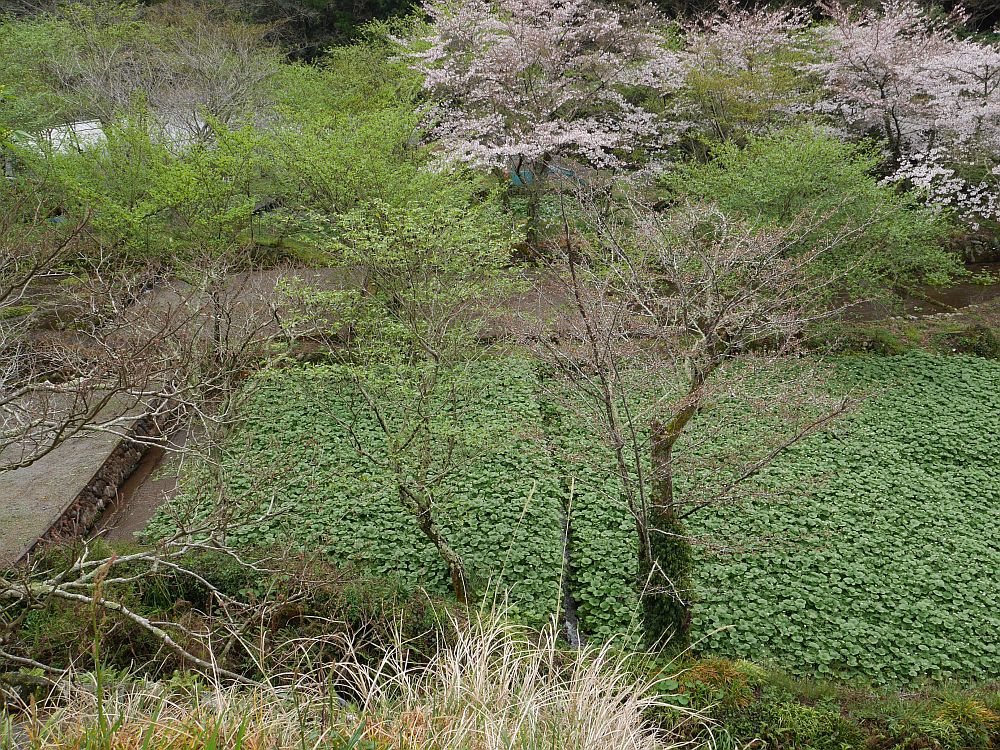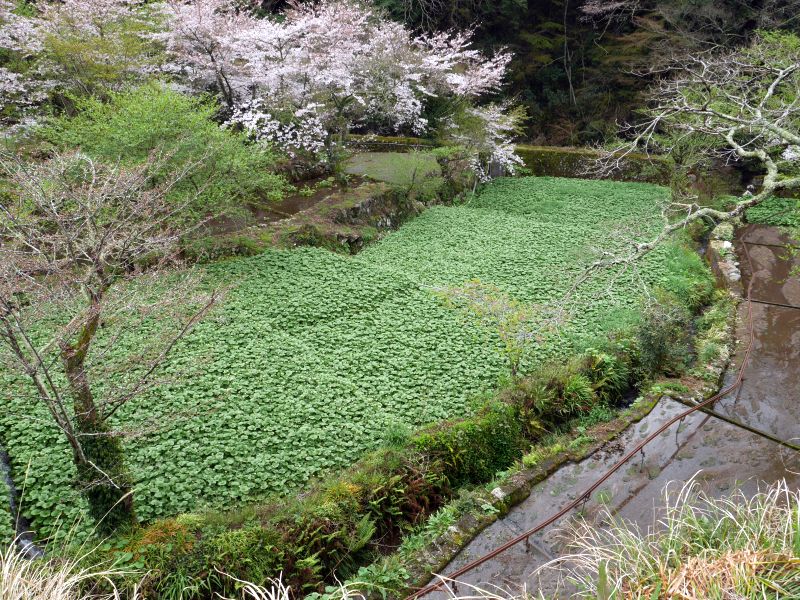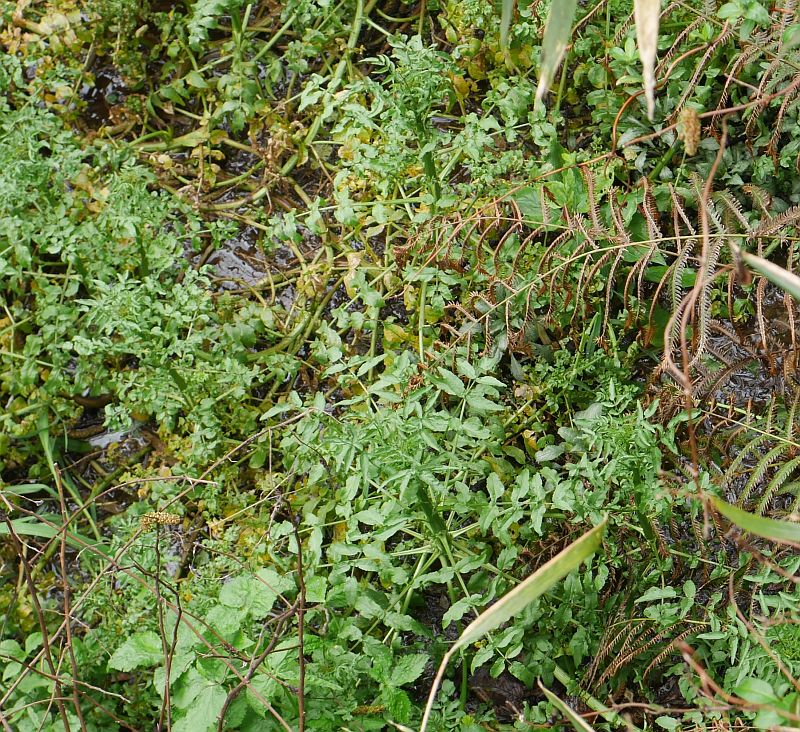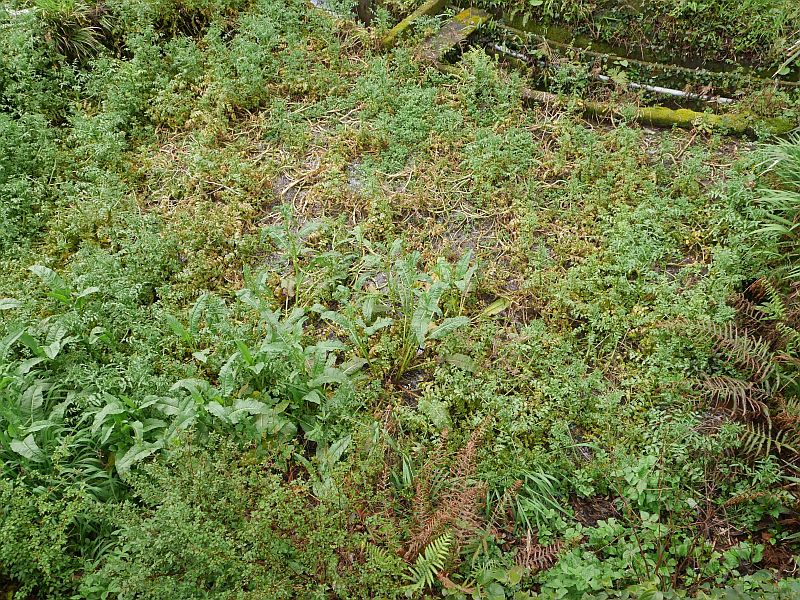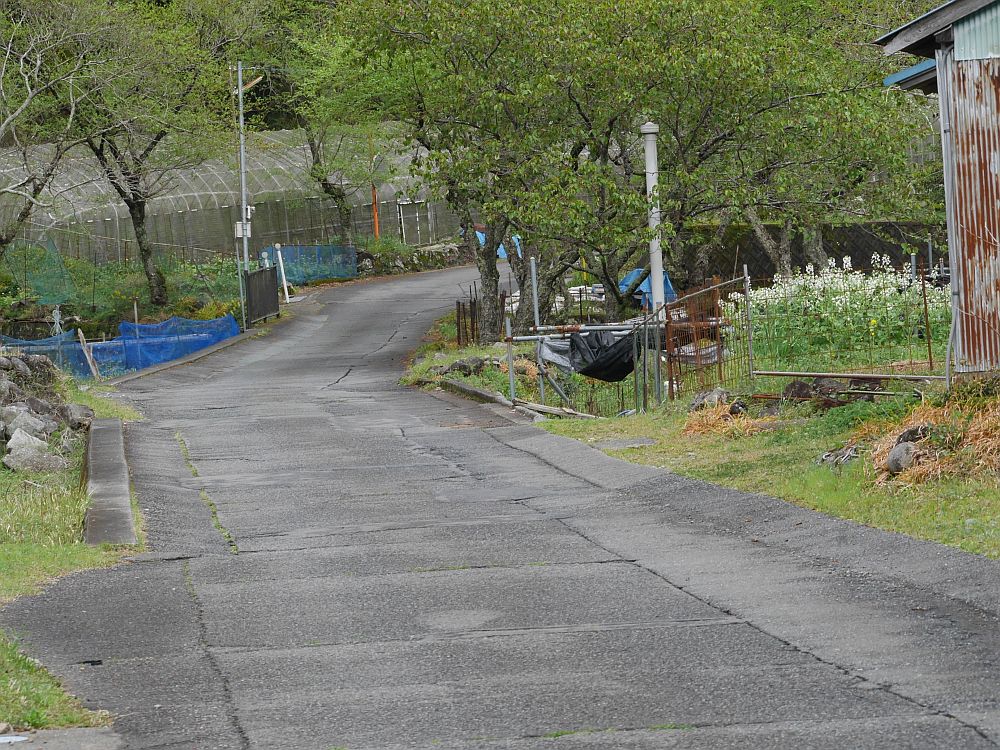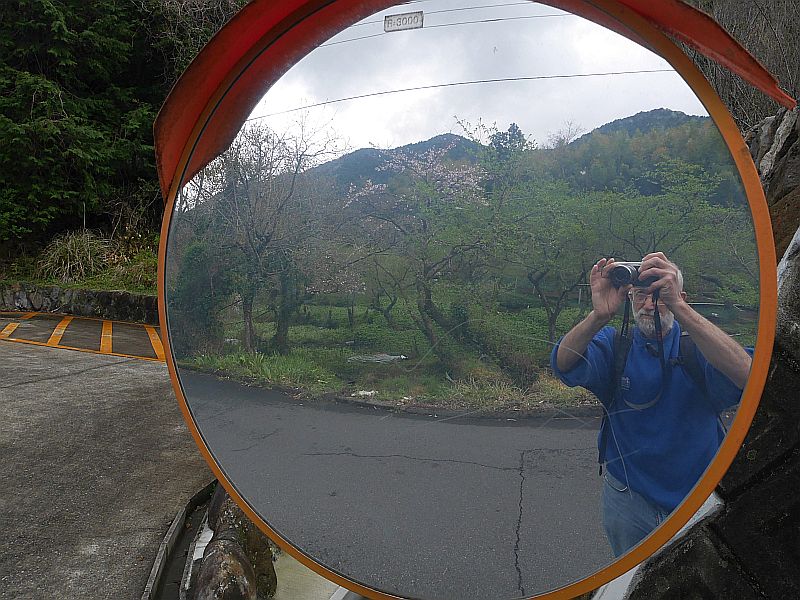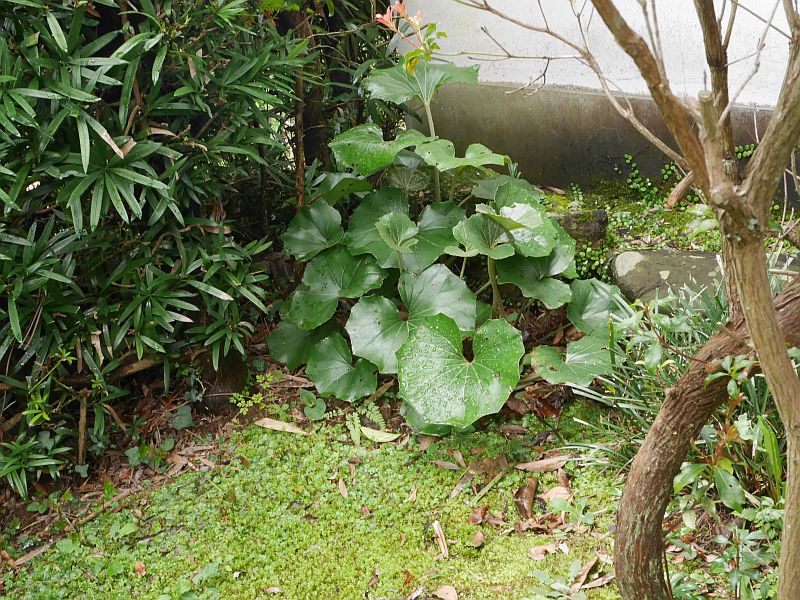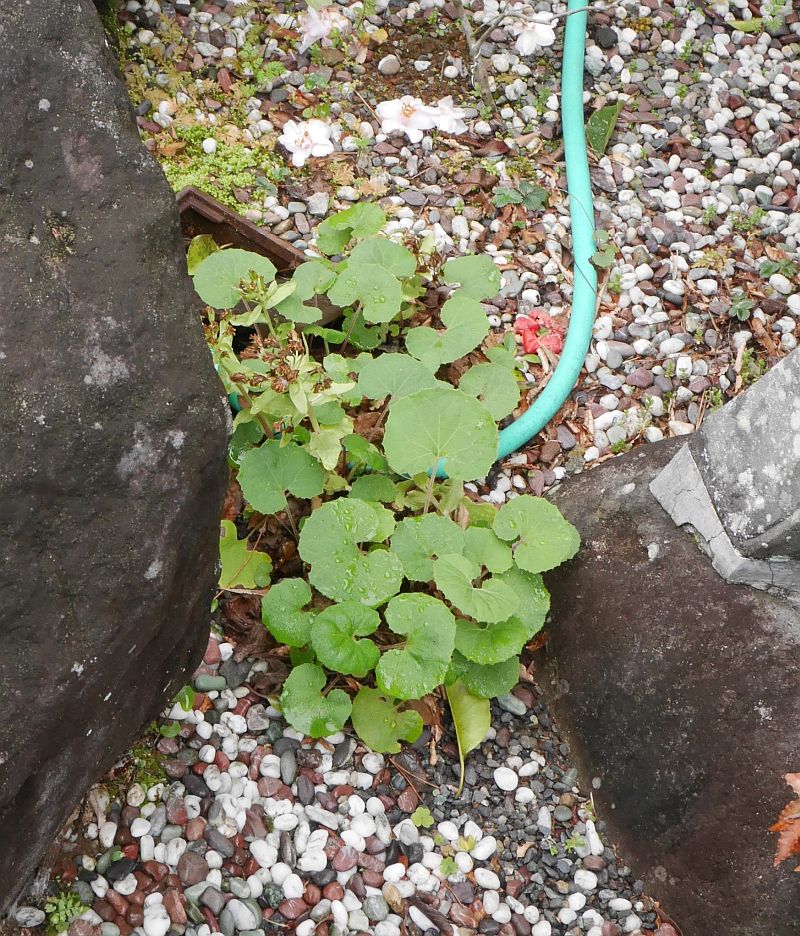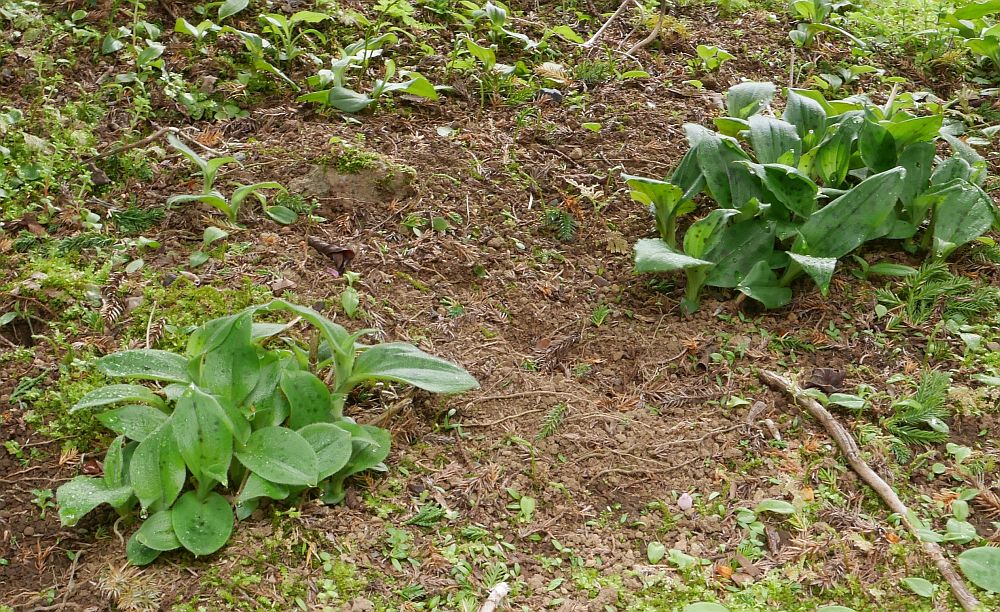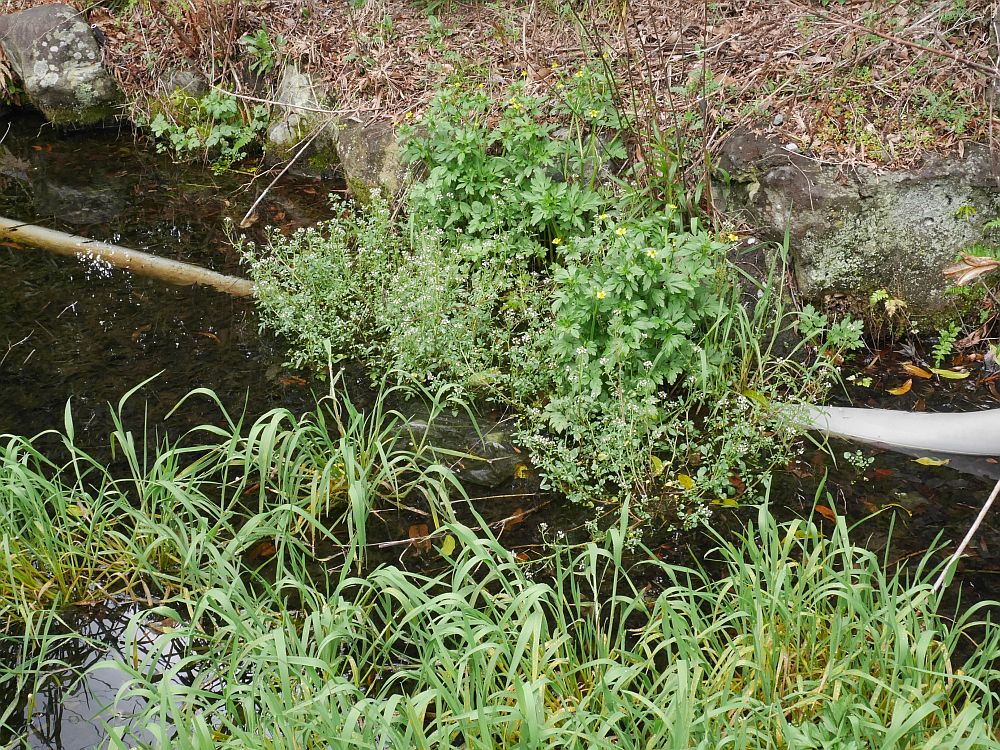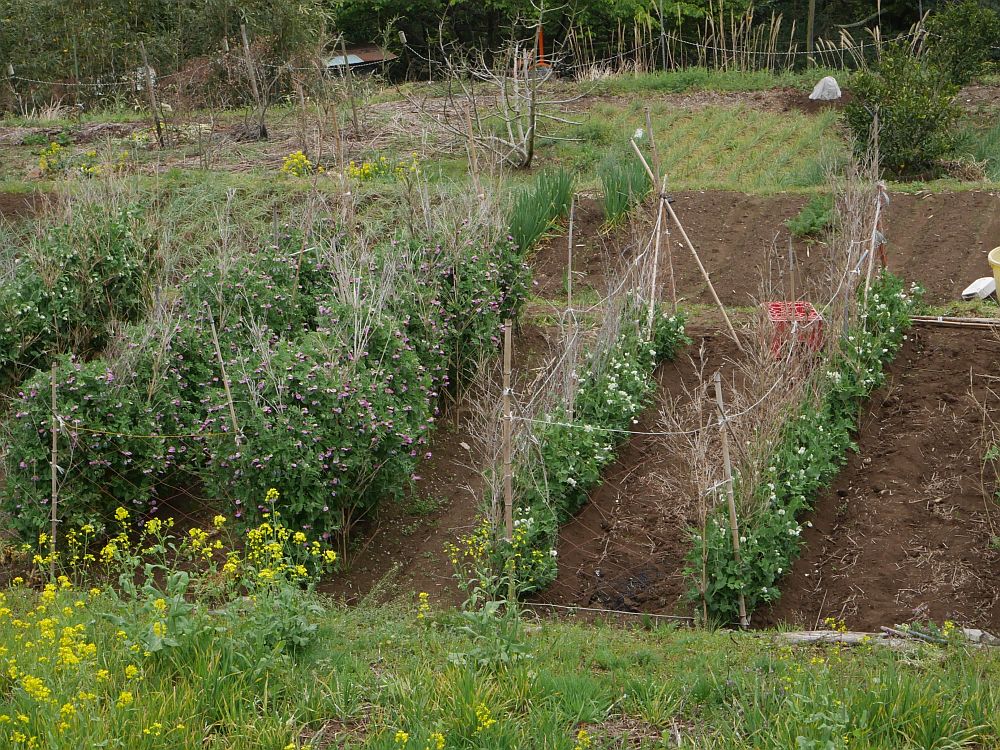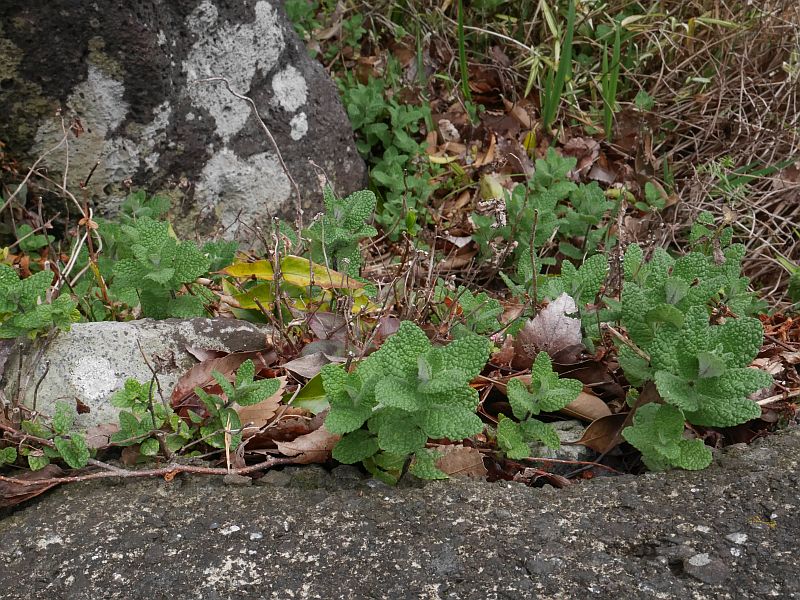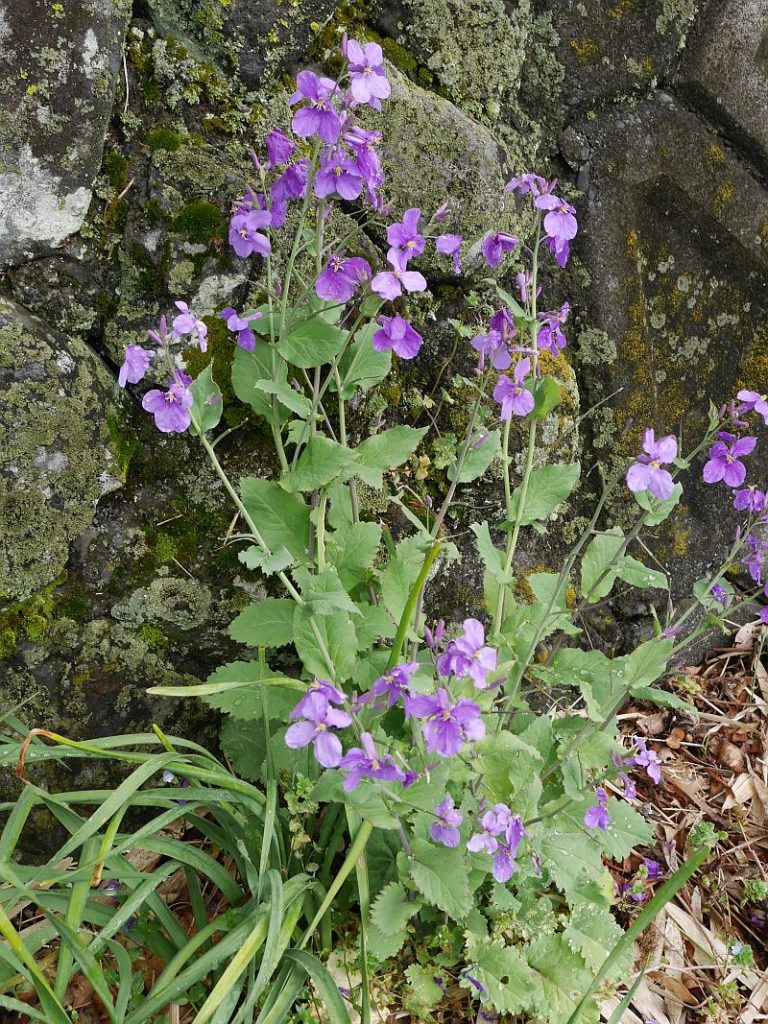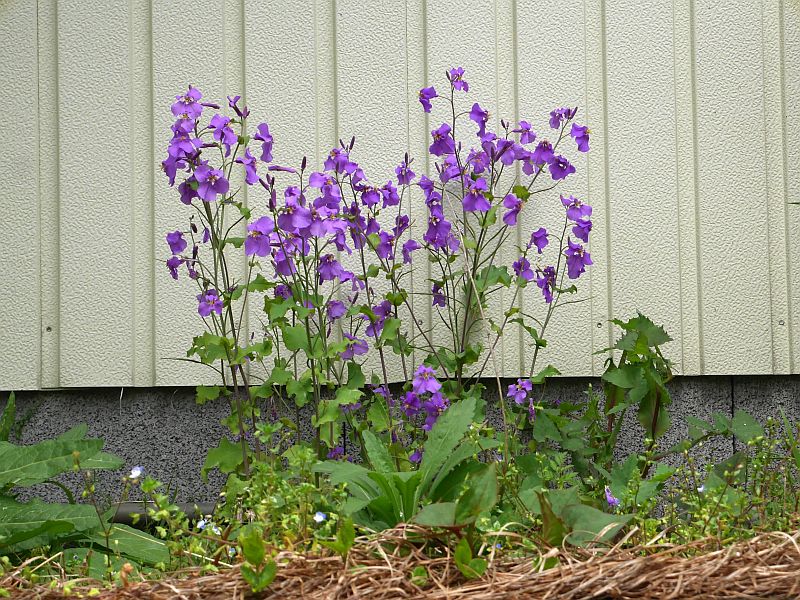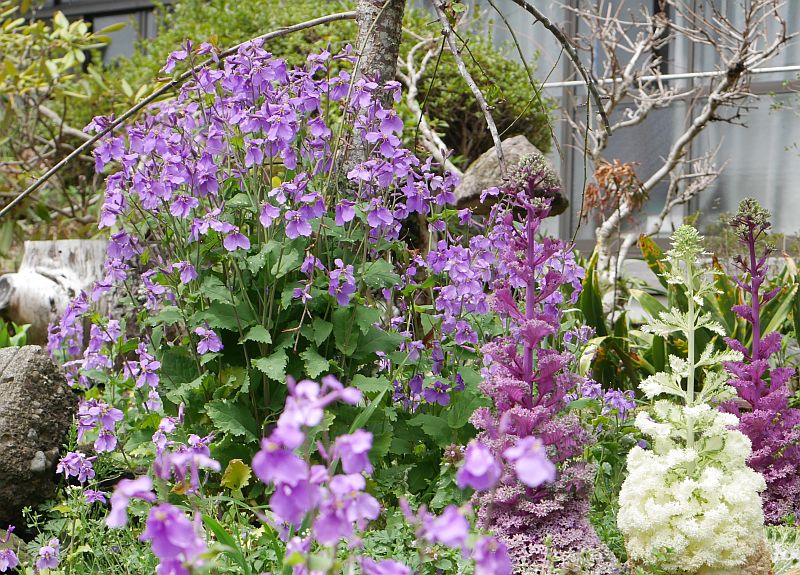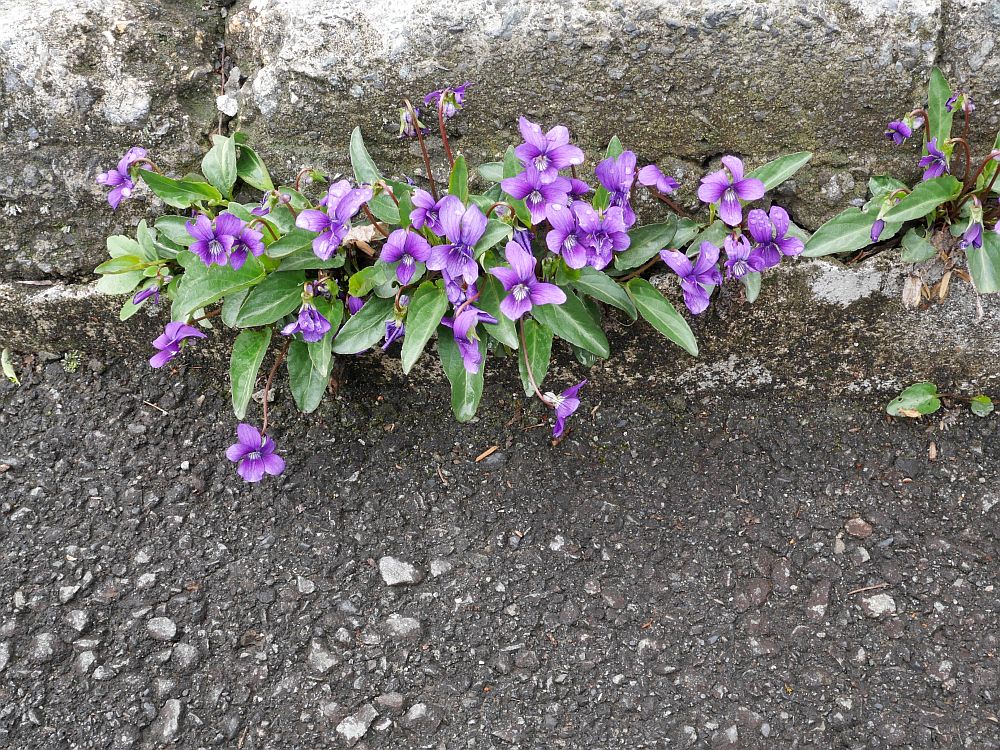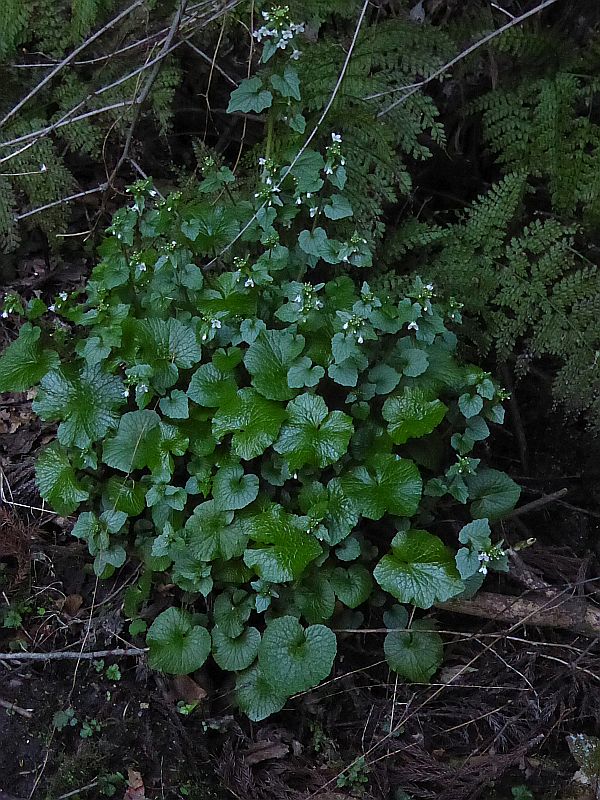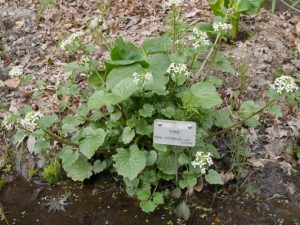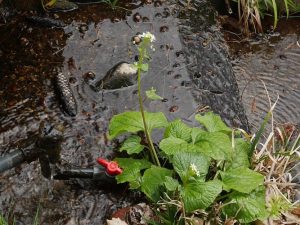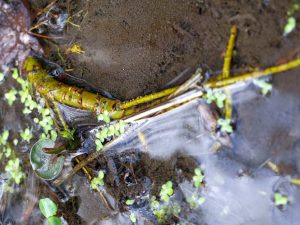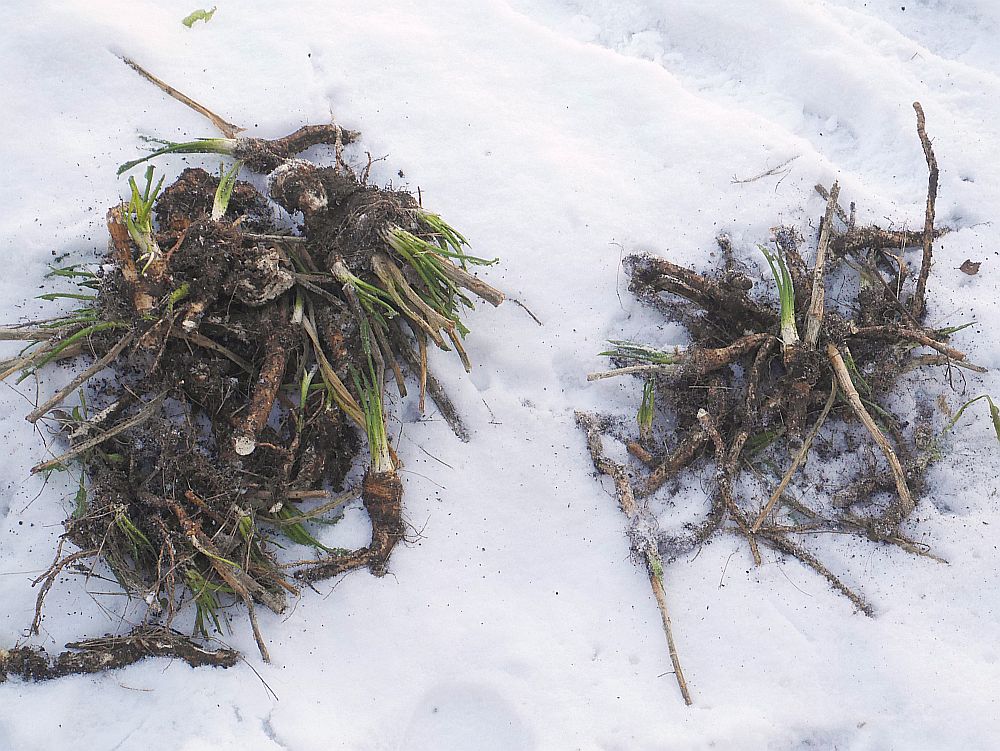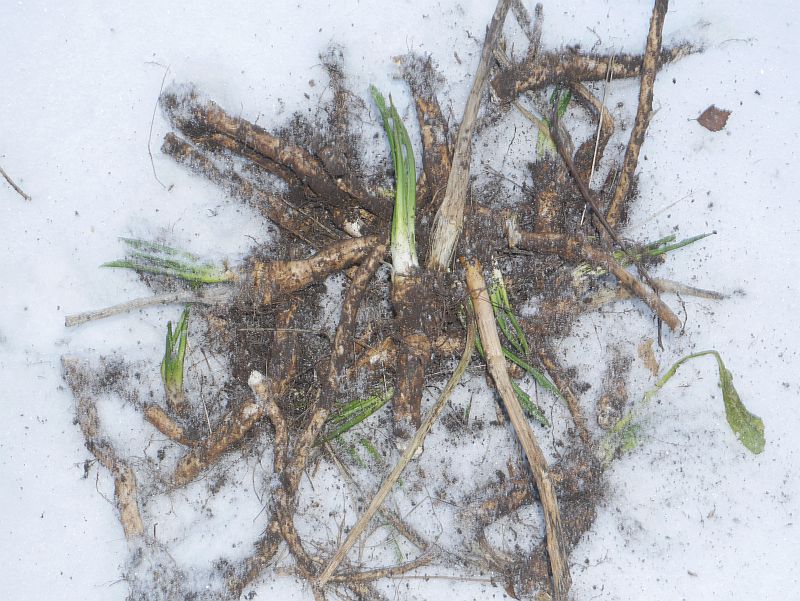English speakers: See the summary at the bottom!
Skorsonerrot, svartrot, jordskonnerot eller bondeasparges Scorzonera hispanica er en av de nye rotgrønnsakene som har kommet til Norge de siste årene. De fingertykke røttene med hvitt fruktkjøtt serveres på de beste gourmetrestauranter. Men, dette er en grønnsak som har vært dyrket her til lands helt siden 1600-tallet. Dyrket som flerårig grønnsak kan planter bli gammel (minst 50 år pluss) og alle plantedelene kan spises fra vår-rosettene til de søte blomsterstengelene, blomsterknopper og kronblad. Jeg har tidligere skrevet artikler om denne planten både i Våre Nyttevekster i 2012 og i min bok Around the World in 80 plants fra 2014. Dette er en “må-ha” grønnsak i min hage!
De siste årene har det kommet frem mye nytt om denne planten og slektningene i den etnobotaniske litteraturen. Derfor tenkte jeg at det var på tide å oppdatere tidligere artikler og resultatet finner dere nedenfor (på norsk)! Jeg håper det faller i smak!
Om du kjenner til en gammel scorsonerrot plante, ta gjerne kontakt!
Takk til Landbruksdirektoratet som har støttet dette arbeidet gjennom prosjektet «Kartlegging – innsamling- dokumentasjon og vurdering av genetisk mangfold av spiselige planter i Norge»
Takk også til Guri-Kristina Batta Bjørnstad for korrekturlesing og faglige kommentarer!
Download (PDF, 1.74MB)
English Summary: Scorzonera hispanica is one of the new root vegetables that has come to Norway in recent years. The finger-thick roots with white flesh are served at the best gourmet restaurants. However, this is a vegetable that has been cultivated here in Norway and elsewhere in Europe since the 17th century. Grown as a perennial vegetable, plants can grow old (at least 50 years plus) and all plant parts can be eaten from the spring rosettes to the sweet flower stems, flower buds and petals. I have previously written articles about this plant both in the Norwegian Useful Plants Society journal Våre Nyttevekster in 2012 and in my book Around the World in 80 plants from 2014. This is a “must-have” vegetable in my garden!
In recent years, much new information has emerged about this plant and its relatives in the ethnobotanical literature. Therefore, I thought it was time to update previous articles and the result can be found (in Norwegian) in the link! There is a comprehensive table in the article which is in English summarising the traditional use of this plant in Europe! I hope to translate this into English when I get more time….



